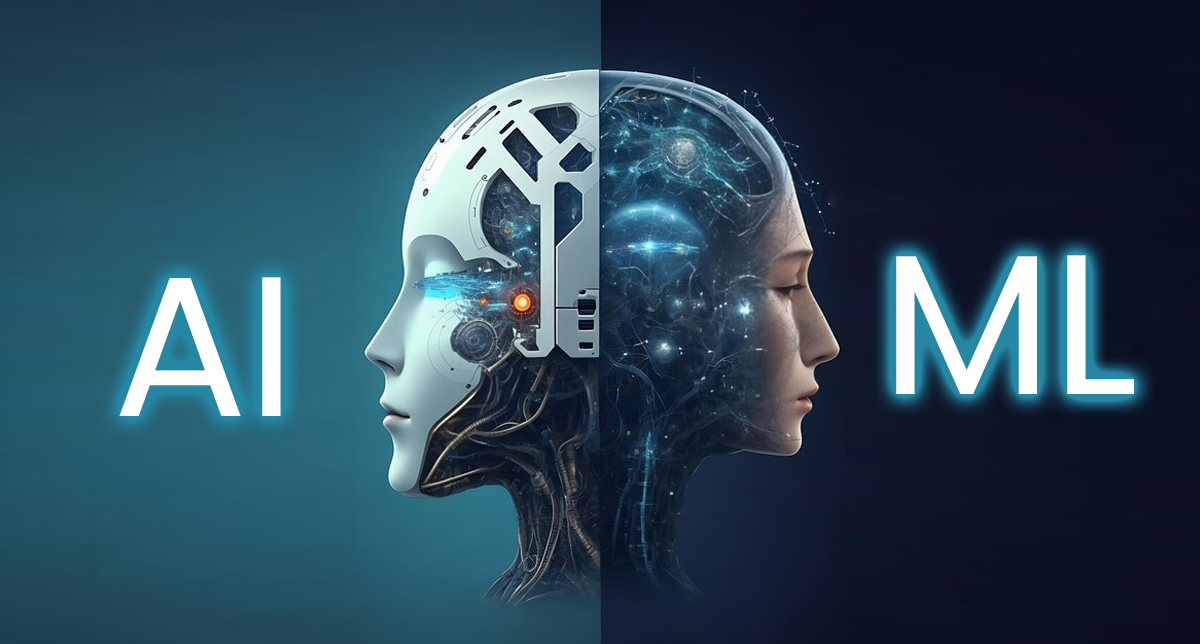
Types of Machine Learning: Supervised, Unsupervised & Reinforcement Learning
Types of Machine Learning: Supervised, Unsupervised & Reinforcement Learning
Machine learning (ML) is everywhere, quietly powering the technology we use daily. From Netflix recommending your next binge-worthy show to your spam filter diligently sorting emails, ML algorithms are hard at work. But what exactly *is* machine learning, and what are the different types? This post breaks down the three core categories: supervised, unsupervised, and reinforcement learning.
1. Supervised Learning: Learning with a Teacher
Imagine you're teaching a dog a new trick. You show them what to do (the input), reward them when they get it right (the output), and correct them when they're wrong. Supervised learning is similar. We feed the algorithm labeled data – data where the input is paired with the correct output. The algorithm learns to map inputs to outputs based on this labeled data.
Example 1: Spam Detection. Email providers train their spam filters using a dataset of emails labeled as 'spam' or 'not spam'. The algorithm learns to identify patterns and features in emails (words, sender, subject line) that correlate with spam, allowing it to classify new emails accordingly.
Example 2: Image Classification. Let's say you want to build a system that identifies cats and dogs in images. You'd provide the algorithm with thousands of images, each labeled as either 'cat' or 'dog'. The algorithm learns to recognize the visual features that distinguish cats from dogs (e.g., pointy ears, whiskers).
Common supervised learning algorithms include linear regression, logistic regression, support vector machines (SVMs), and decision trees.
2. Unsupervised Learning: Finding Patterns in the Noise
Unsupervised learning is like giving your dog a box of toys and letting them figure out how to categorize them on their own. There's no explicit instruction or labeling of the data. Instead, the algorithm searches for patterns, structures, and relationships within the unlabeled data.
Example 1: Customer Segmentation. A company might use unsupervised learning to group its customers based on their purchasing behavior, demographics, or website activity. This helps in targeted marketing and personalized recommendations.
Example 2: Anomaly Detection. Credit card companies use unsupervised learning to identify fraudulent transactions. By analyzing transaction data, the algorithm can spot unusual patterns that might indicate fraudulent activity.
Popular unsupervised learning techniques include clustering (e.g., k-means clustering), dimensionality reduction (e.g., principal component analysis), and association rule mining.
3. Reinforcement Learning: Learning Through Trial and Error
Reinforcement learning is like training a dog with treats and corrections, but without explicitly showing them the correct actions. The dog learns through experience, receiving rewards for desired behaviors and penalties for undesirable ones.
In reinforcement learning, an agent interacts with an environment, takes actions, and receives rewards or penalties based on the outcome. The goal is to learn a policy – a strategy for selecting actions that maximizes cumulative reward over time.
Example 1: Game Playing. Many AI agents that play games like chess, Go, or video games use reinforcement learning. The agent learns through self-play, receiving rewards for winning and penalties for losing. AlphaGo, the AI that beat a world champion Go player, is a prime example.
Example 2: Robotics. Reinforcement learning is used to train robots to perform complex tasks, such as walking, grasping objects, or navigating a complex environment. The robot learns by trial and error, receiving rewards for successful actions and penalties for failures.
Reinforcement learning algorithms often involve concepts like Q-learning, SARSA, and deep Q-networks (DQNs).
Conclusion
Supervised, unsupervised, and reinforcement learning represent the core pillars of machine learning. Each approach has its strengths and weaknesses, making them suitable for different tasks and applications. Understanding these fundamental differences is key to appreciating the power and versatility of machine learning in our increasingly data-driven world.